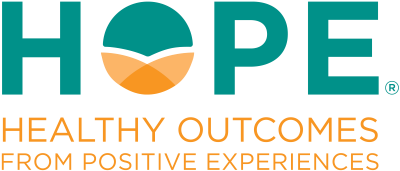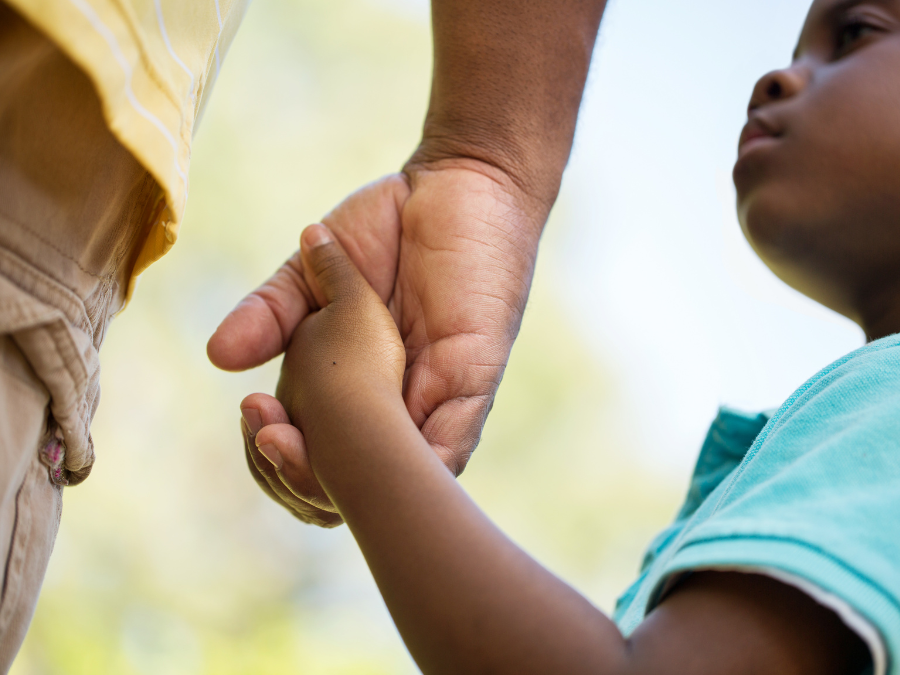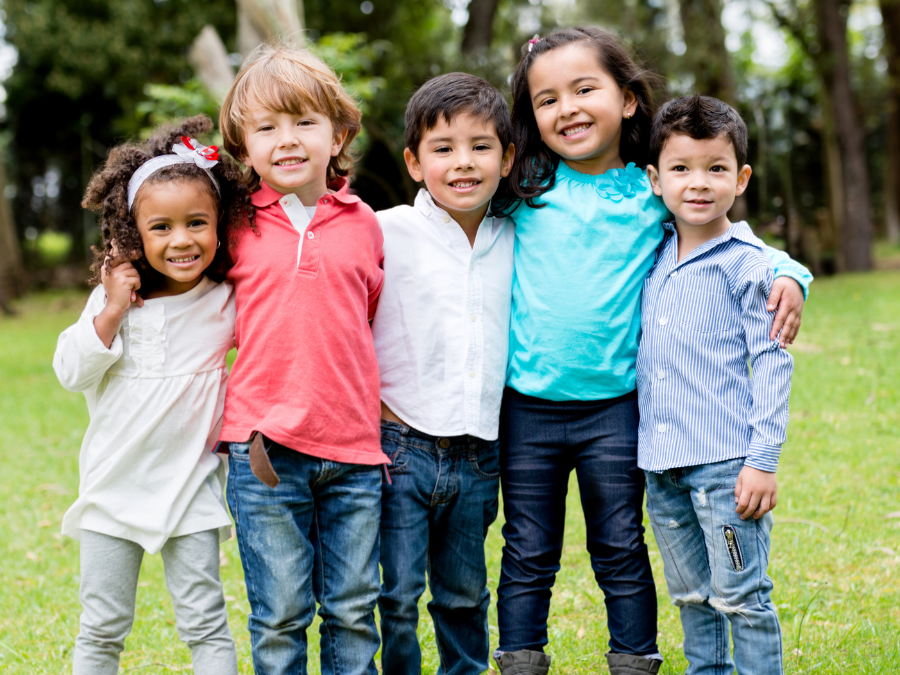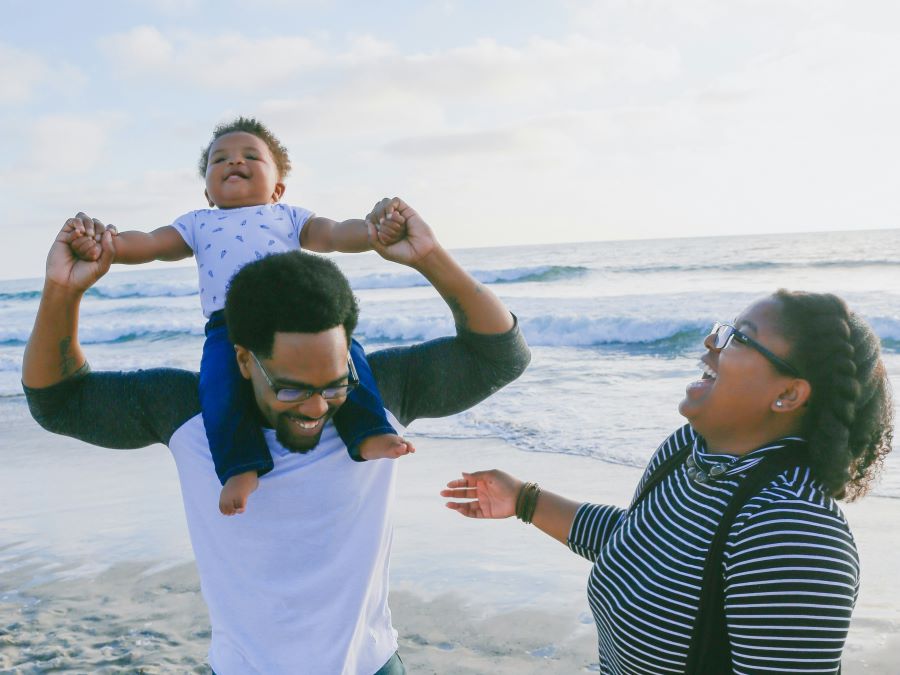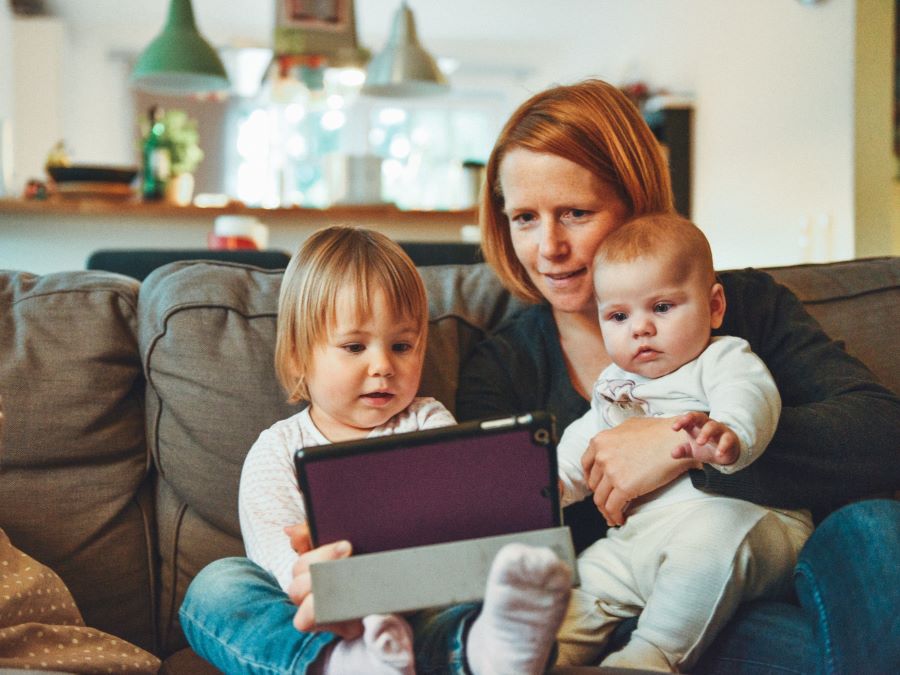In Their Own Words: Qualitative Study of Parenting During the COVID-19 Pandemic
In Their Own Words: Qualitative Study of Parenting During the COVID-19 Pandemic The authors aimed to understand the experience of parents and caregivers during COVID-19, including the challenges they faced and what helped them cope using the Strengthening Families (SF)…
